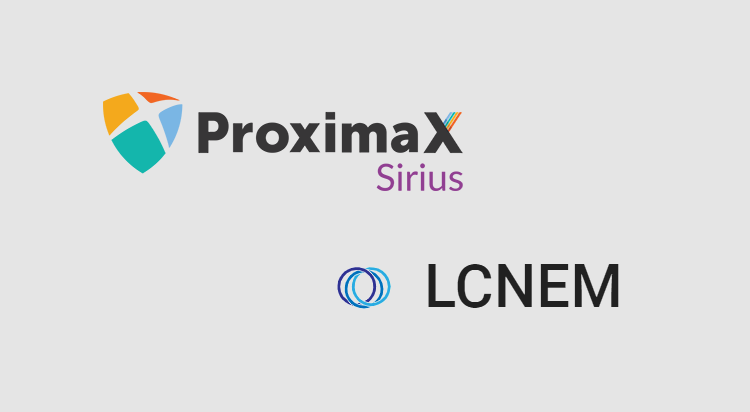LCNEM, a blockchain technology systems integrator based in Japan, announced today it will work with blockchain platform ProximaX on realizing Cosmos integration, and enlarging the coverage of ProximaX Sirius as part of the Cosmos interoperability solution.
Connecting blockchains is at the heart of interoperability and Cosmos is designed to facilitate it. Integrating the Sirius bloackchain platform with Cosmos would greatly enhance scalability, and bring with it the ability to exchange assets with other blockchains within the Cosmos network.
“ProximaX is the first and leading Catapult powered project which rolled out its Sirius mainnet earlier in September. We are excited to partner with LCNEM, a proponent of Catapult. Cosmos will add a further dimension to the Sirius platform as we continue to evolve this world-class enterprise solution development platform.”
– Lon Wong, CEO of ProximaX
The LCNEM team is familiar with the Catapult technology, which is developed by the original developers of the NEM mainnet, is able to quickly pick up on the inner workings of Sirius, which is based on Catapult.
LCNEM will have a holistic and enterprise-grade solution for the Japanese market, as the ProximaX Sirius platform further enhances the power of Catapult technology by integrating distributed and decentralized storage, streaming and Supercontracts.
As well as contributing to the development of Catapult technology via the ProximaX Sirius platform, LCNEM also plans to develop vertical system solutions and applications.
“The holistic infrastructure of the ProximaX Sirius development platform will make building solutions using Catapult technology simpler and faster, reducing time to market. With the addition of interoperability with other chains, especially with Cosmos, we expect interest from the Japanese developer community to grow. We believe the platform architecture and interoperability will enable high performance and scalability.”
– Yu Kimura, CEO and CTO of LCNEM
The power of the ProximaX Sirius development platform is its ability to keep expanding its service layers horizontally, without burdening the performance of the network. As a matter of fact, as it expands horizontally with more service layers, it will continue to scale in its performance and offerings.
